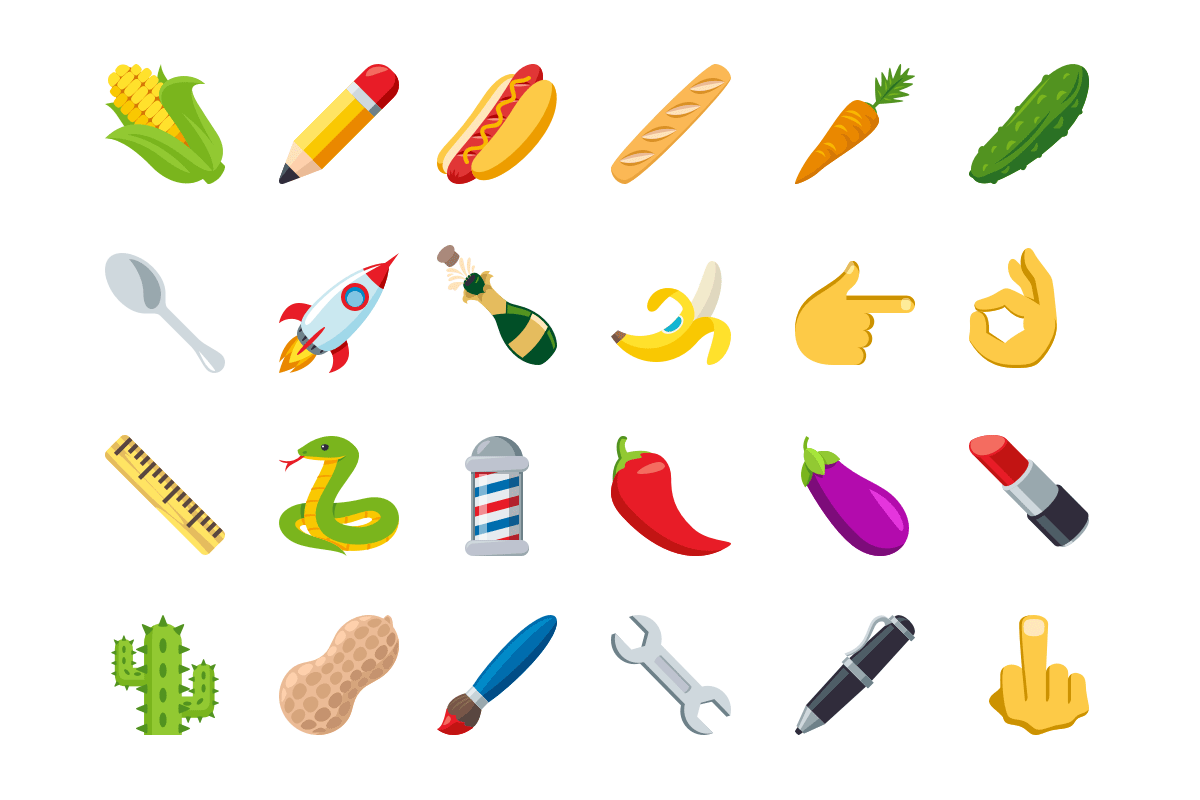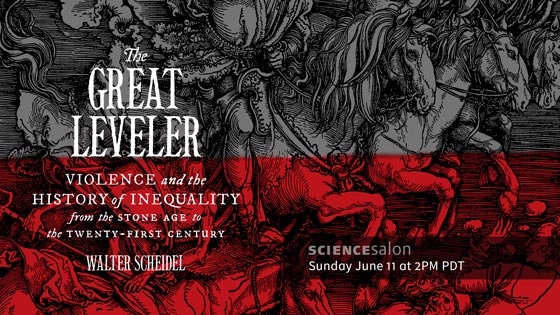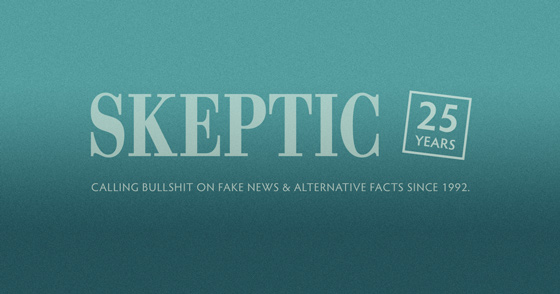In this week’s eSkeptic:
SKEPTIC MAGAZINE 22.2
Could Artificial Superintelligence Destroy Us All?
In the latest issue of Skeptic magazine (22.2): Why We Should Be Concerned About Artificial Superintelligence; Is Artificial Intelligence an Existential Threat?; Artificial Intelligence: Simulation, Not Synthesis; The Rise of the Alt-Right and the Politics of Polarization in America; Delusions of the Imagination: Debunking an Early 19th Century Medical Quack Device — The “Tractor”; Area 51: What is Really Going on There?; Is Race a Useful Concept?; Are You An Unconscious Racist?; The Three Shades of Atheism, and more…
Read Skeptic magazine on iOS, Android, Windows Phone, Kindle Fire HD, Mac, and PC. Get the digital edition instantly from PocketMags.com, or via the Skeptic Magazine App. Or, pre-order the print edition from Shop Skeptic. The print edition won’t likely hit newsstands for another week or two.
30-DAY FREE TRIAL
on new digital subscriptions on iOS & Android
We offer a 30-day free trial to new digital subscribers on annual subscriptions within the Skeptic Magazine App for iOS and Android devices. Here’s a sneak peak at this issue for iPad…
JUNIOR SKEPTIC # 63
Terrifying! Improbable! Chemtrails!
Physically bound inside each and every issue of Skeptic magazine is Junior Skeptic: an engagingly illustrated science and critical thinking publication for younger readers (and the young at heart).
We’ve all heard the story of Chicken Little—a fanciful tale about panic and jumping to conclusions (“The sky is falling!”). But how would it feel to truly believe that the sky is out to get you? For believers in one strange conspiracy theory, it’s scary to see a blue sky crossed by wispy white contrail lines from passing jet planes. They claim some of those contrails are not clouds or exhaust from jet engines as they appear, but sinister “chemtrails.” Supposedly, an evil government conspiracy uses jet planes to secretly spread poison across skies worldwide. Is there any possibility this paranoid claim could be true? Let’s find out!
SCIENCE SALON #13: JUNE 11 @ 2PM PDT
Can’t make it to the event? Watch the live stream for free online, this Sunday.
Are mass violence and catastrophes the only forces that can seriously decrease economic inequality? To judge by thousands of years of history, the answer is yes. Tracing the global history of inequality from the Stone Age to today, the Stanford University historian Dr. Walter Scheidel shows that inequality never dies peacefully. Inequality declines when carnage and disaster strike and increases when peace and stability return. The Great Leveler is the first book to chart the crucial role of violent shocks in reducing inequality over the full sweep of human history around the world…
Reserve your seat(s) online or by calling 1-626-794-3119. Online reservation closes Sunday June 11, 2017 at 11am PDT.

FAILURE TO COMMUNICATE
Why We Published “The Conceptual Penis as a Social Construct” Hoax Exposé
Below, in this week’s eSkeptic, we present a thoughtful reflection by Alan Sokal on the latest academic hoax perpetrated by James Lindsay and Peter Boghossian, who managed to get published in the peer-reviewed journal Cogent Social Sciences their nonsensical paper “The Conceptual Penis as a Social Construct.” On the day it was released online we published in eSkeptic their exposé of the hoax. Why?
In their exposé Lindsay and Boghossian give two reasons for their hoax: (1) the pretentious nonsense that often passes for scholarship in postmodernism studies, and (2) the lax standards of some peer-reviewed journals. Critics of the hoax pounced on the second, claiming that Cogent Social Sciences is a lower-tiered journal and therefore the hoax was a failure.
My motivation for publishing the exposé focused on the first problem. To me, it wouldn’t have mattered if the hoax were published in the Annals of Improbable Research, The Journal of Irreproducible Results, or even the Onion. The point, for me, is not to fool journal editors. As the editor of a national magazine and a long-time monthly columnist for the oldest continuously published monthly magazine in the United States (Scientific American), I am sympathetic to the overwhelming amount of work it takes to produce a quality publication, particularly when the remunerative rewards are so low for most writers and editors.
What agitates me is scholarship that passes for cogent argumentation in support of a thesis that is, in fact, what Gordon Pennycook, James Allan Cheyne, and their colleagues call “pseudo-profound bullshit,” in a paper published in the highly respected peer-reviewed journal Judgment and Decision Making. Bullshit, they write, is language “constructed to impress upon the reader some sense of profundity at the expense of a clear exposition of meaning or truth.” Bullshit is meant to impress through obfuscation; that is, to say something that sounds profound but may be nonsense. It may not be nonsense, but if you can’t tell the difference then, to quote Strother Martin’s character from the 1967 Paul Newman film Cool Hand Luke, “what we’ve got here is failure to communicate.”
Compare, for example, any of the passages from the “Conceptual Penis” hoax to the abstract for the 2016 paper published in the peer-reviewed journal Progress in Human Geography titled “Glaciers, Gender, and Science”:
Glaciers are key icons of climate change and global environmental change. However, the relationships among gender, science, and glaciers—particularly related to epistemological questions about the production of glaciological knowledge—remain understudied. This paper thus proposes a feminist glaciology framework with four key components: 1) knowledge producers; (2) gendered science and knowledge; (3) systems of scientific domination; and (4) alternative representations of glaciers. Merging feminist postcolonial science studies and feminist political ecology, the feminist glaciology framework generates robust analysis of gender, power, and epistemologies in dynamic social-ecological systems, thereby leading to more just and equitable science and human-ice interactions.
When this paper was published I thought it was a hoax, so I contacted the University of Oregon, the institution of authors, and confirmed it was real. And this is just one of countless examples, posted daily on Twitter @RealPeerReview and retweeted all over the net to the amusement of readers who cannot decipher what most of these articles are even about, much less comprehend their arguments and gain value from their conclusions.
What matters to me is the truth about reality (lower t and lower r), which science is best equipped to determine. Ever since the 1980s there has been a movement afoot in academia in which postmodernism has encroached on some of biology, much of social science (especially cultural anthropology), and most of history, literature, and the humanities, in which the claim is made that there is no truth to be determined because there is no reality to study. Nearly everything—from race and gender to genes and brains—is socially constructed and linguistically determined by our narratives. And the more obfuscating those narratives are about these socially constructed non-realities, the better. This is the very opposite of how science should be conducted and communicated, and it is, in part, why we are currently witnessing the campus madness involving student protests—and even violence—when their unscientific postmodern unreal worldviews collide with the reality of contradictory facts and opposing viewpoints. It’s time we put a stop to the lunacy and demand critical thinking and clear communication.
—Michael Shermer, Editor Skeptic Magazine

Some Thoughts on “The Conceptual Penis as a Social Construct” Hoax
by Alan Sokal
Academic hoaxes are nothing new. In 1768, the Baron d’Holbach published the Portable Theology, or Brief Dictionary of the Christian Religion—slyly attributing authorship to the Abbé Bernier—in which he stoutly defended the prevailing Christian dogmas with entries like
Doctrine: What every good Christian must believe or else be burned, be it in this world or the next. The dogmas of the Christian religion are immutable decrees of God, who cannot change His mind except when the Church does.1
Probably not very many people were taken in by the hoax. But d’Holbach’s mordant satire was brilliant nonetheless, and it circulated clandestinely for decades.
In 1931, the physicist Hans Bethe and two colleagues published—while they were still postdoctoral fellows—a short article entitled “On the quantum theory of the temperature of absolute zero,” parodying speculative attempts to determine the fundamental constants of nature by numerology, in the journal Die Naturwissenschaften.2 Senior physicists were not amused, and the authors were forced to apologize.3
In 1943, the young Australian writers James McAuley and Harold Stewart hoaxed the modernist literary journal Angry Penguins into publishing 16 poems allegedly found among the papers of a recently deceased—but, alas, fictitious—poet, Ern Malley:
We opened books at random, choosing a word or phrase haphazardly. We made lists of these and wove them into nonsensical sentences. We misquoted and made false allusions. We deliberately perpetrated bad verse, and selected awkward rhymes from a Ripman’s Rhyming Dictionary.4
The hoax was quickly outed in the Australian press, and the editor of Angry Penguins held up to ridicule. But some critics nowadays claim that “Crazy as it seems, the Malley poems do have merit.”5















